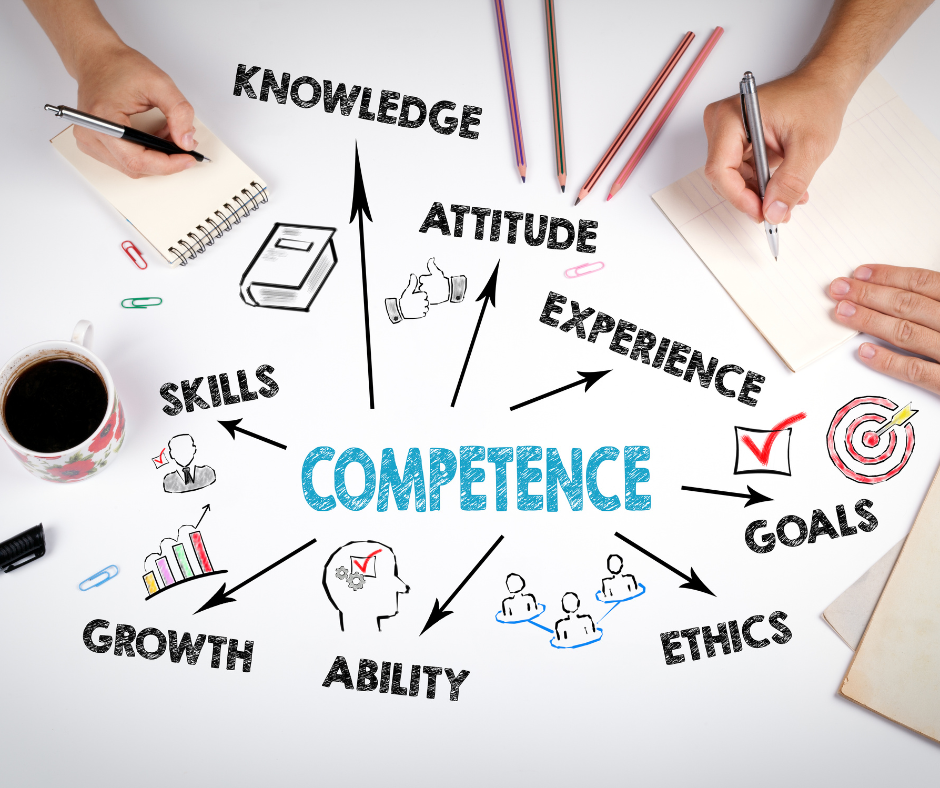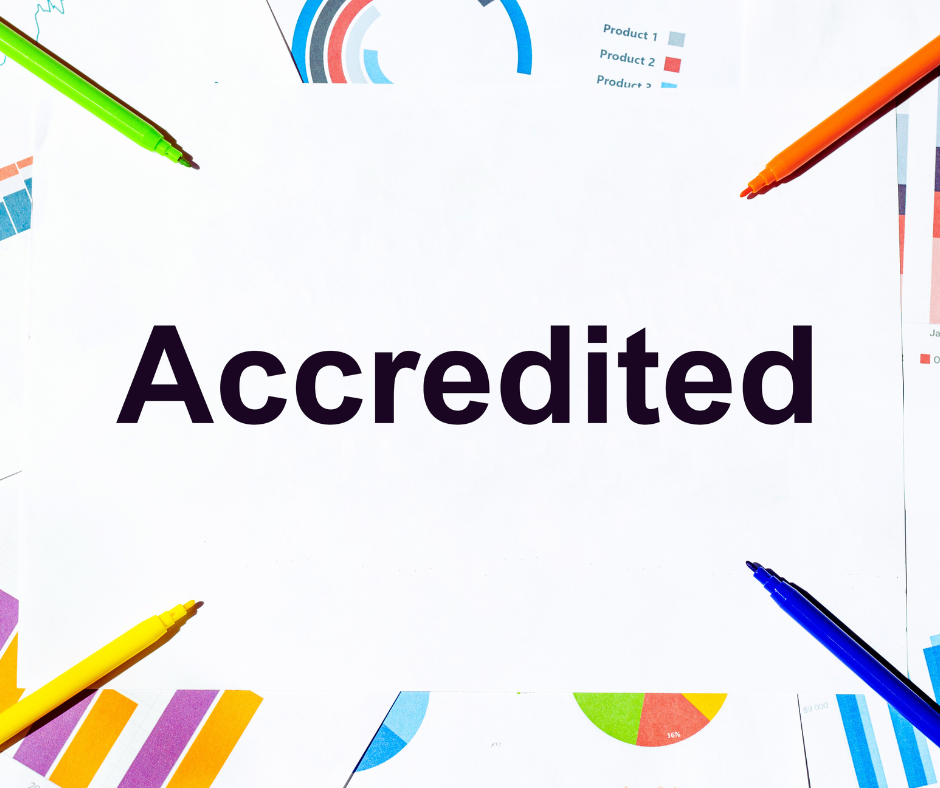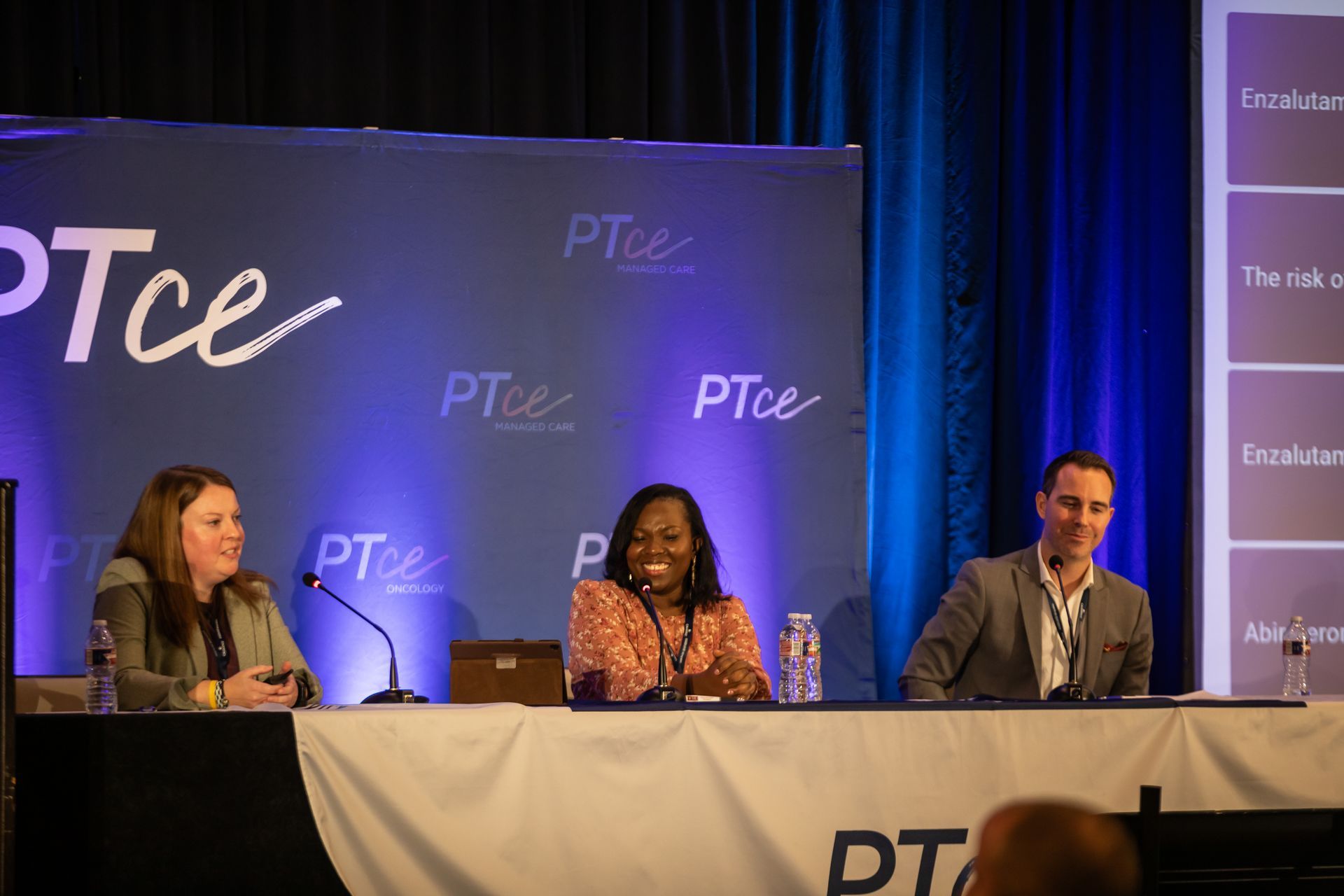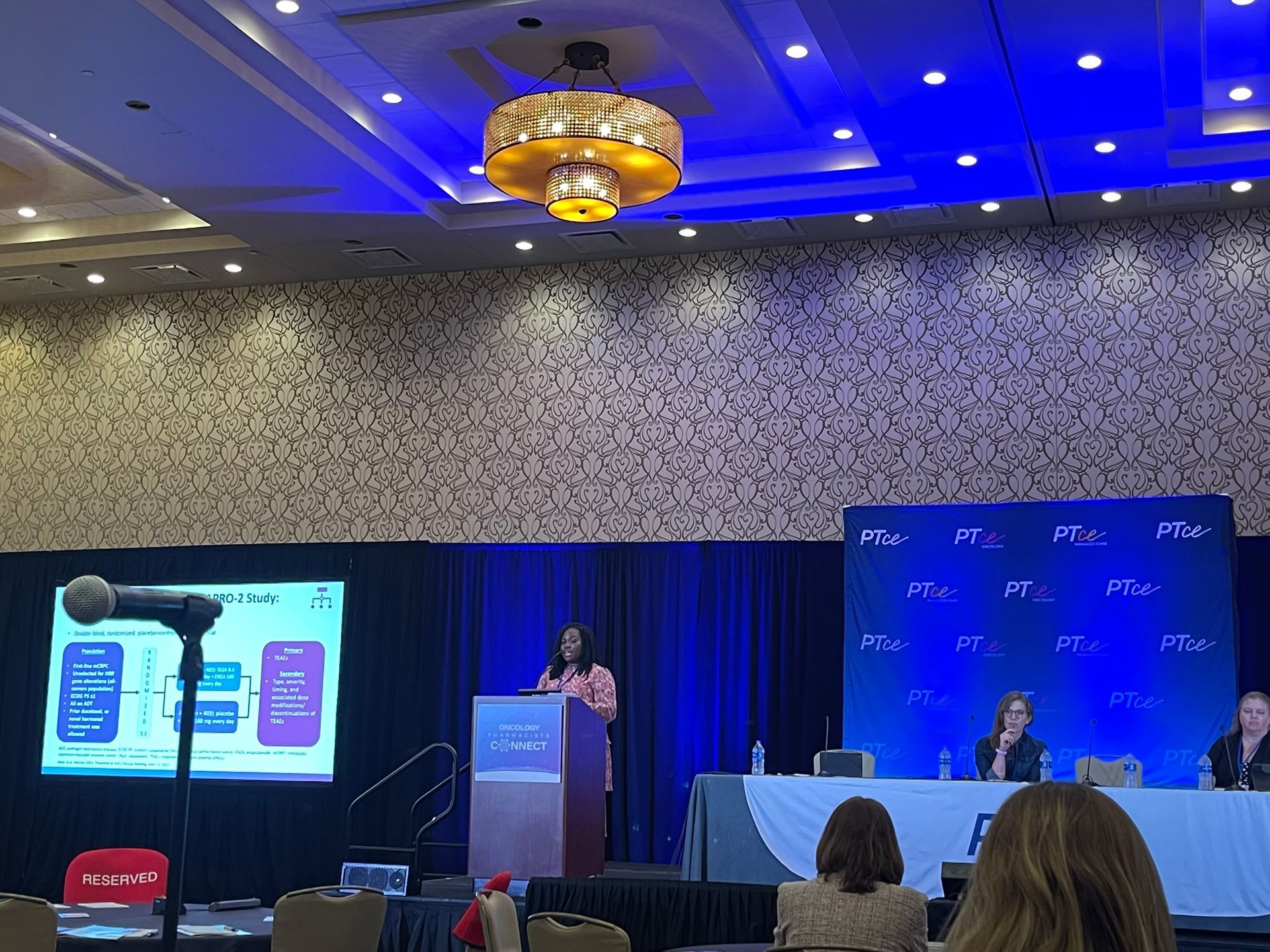Key Challenges Faced By Acpe-Accredited Providers And How To Overcome Them
Key Challenges Faced By ACPE-Accredited Providers And How To Overcome Them

Navigating Regulatory Compliance Requirements
Navigating regulatory compliance requirements is a significant challenge for ACPE-accredited providers, impacting their ability to deliver effective and innovative continuing pharmacy education. The Accreditation Council for Pharmacy Education (ACPE) sets stringent standards that providers must adhere to, ensuring the quality and integrity of educational programs. One key challenge is keeping up with the evolving regulatory landscape, as changes can require providers to swiftly adapt their programs and processes.
This demands ongoing attention to updates, guidelines, and accreditation criteria, which can be resource-intensive.
Another challenge lies in the interpretation of ACPE standards. Providers must often grapple with ambiguous areas where the application of standards may not be clear-cut, leading to potential missteps in compliance. Misinterpretation can result in non-compliance, risking accreditation status and affecting the credibility and reputation of the educational provider. Moreover, the administrative load of maintaining detailed documentation to demonstrate compliance can strain staff and financial resources, especially for smaller providers.
To overcome these challenges, providers can implement several strategies. Establishing a dedicated compliance team or appointing a compliance officer can ensure a focused approach to understanding and implementing ACPE standards. Investing in continuous staff training and development can enhance the organization's ability to interpret and apply regulatory requirements accurately. Utilizing technology and software solutions for tracking compliance and managing documentation can streamline processes and reduce the administrative burden.
Furthermore, fostering open communication and collaboration with ACPE can clarify uncertainties and provide insights into best practices for compliance. Engaging in peer networks and forums can also offer valuable perspectives and shared strategies for overcoming common compliance hurdles. By proactively addressing these challenges, ACPE-accredited providers can better ensure adherence to regulatory requirements, enabling them to deliver high-quality educational experiences.
Ensuring Quality And Consistency In Continuing Education
Ensuring quality and consistency in continuing education is a fundamental challenge faced by ACPE-accredited providers. This issue is pivotal as it directly impacts the credibility and effectiveness of educational programs designed for pharmacy professionals. One of the primary challenges lies in maintaining a consistent standard of quality across diverse educational offerings, which vary in content, format, and delivery methods. To tackle this challenge, providers must establish robust internal quality assurance frameworks that ensure all educational activities meet the ACPE's accreditation standards.
This entails regular evaluations and updates of educational materials to ensure they are current, evidence-based, and relevant to contemporary pharmacy practice.
Another critical aspect of ensuring quality and consistency is the involvement of skilled educators who can deliver content effectively. Providers need to invest in the continuous development of their faculty, ensuring they are equipped with both the subject matter expertise and the pedagogical skills necessary to engage learners actively. By foster a culture of continuous improvement, providers can enhance their educators' ability to adapt to new learning technologies and methodologies.
Additionally, the utilization of feedback mechanisms plays a crucial role in maintaining quality. Gathering feedback from participants not only helps in identifying areas for improvement but also empowers learners to take an active role in shaping their educational experiences.
To further ensure consistency, providers might consider implementing standardized assessment tools to measure learning outcomes across different educational activities. These tools can provide valuable data that help in gauging the effectiveness of the education provided. Finally, embracing technological advancements in education can also facilitate a consistent learning experience. By integrating learning management systems and virtual platforms, providers can offer flexible, accessible, and uniform learning opportunities for pharmacy professionals across various settings.
Addressing these challenges requires a comprehensive approach, where continuous evaluation and adaptation are integral to sustaining high-quality continuing education.
Addressing Technological Advancements And Integration
Providers accredited by the Accreditation Council for Pharmacy Education (ACPE) face significant challenges in integrating and keeping pace with technological advancements. The rapid growth of digital platforms and tools creates both opportunities and hurdles for these education providers. One of the main challenges is the necessity to stay updated with the latest technology trends and incorporate them into educational programs effectively.
This requires not only financial investment but also a commitment to ongoing staff training and development to ensure educators can effectively utilize these tools.
To overcome these challenges, ACPE-accredited providers must adopt a proactive approach. Establishing partnerships with technology companies can facilitate access to cutting-edge tools and platforms, allowing providers to deliver more engaging and interactive educational experiences. Additionally, investing in the continuous training of educators on the use of digital tools can enhance the overall quality of education provided. By fostering a culture of learning and innovation within the organization, providers can better navigate the fast-paced changes in technology.
Moreover, implementing feedback mechanisms with learners helps providers to understand the efficacy of technological tools and make necessary adjustments. Engaging with learners through surveys or focus groups provides valuable insights into their experiences and can guide future technological integrations. Furthermore, collaborating with other educational institutions to share best practices and resources can alleviate some of the financial and logistical pressures associated with technological integration.
While the challenge of keeping up with technological advancements is significant, ACPE-accredited providers can effectively address it through strategic partnerships, continuous educator training, learner feedback, and collaboration with other institutions. By embracing innovation and fostering adaptability, these providers can ensure they remain at the forefront of healthcare education.
Managing Budget Constraints And Resource Allocation
ACPE-accredited providers often grapple with the pressures of managing budget constraints and allocating resources effectively while maintaining the quality and efficacy of their educational programs. Budget limitations can restrict opportunities for investing in cutting-edge technology, hiring skilled personnel, and developing innovative educational materials that meet the needs of a diverse learner base. These financial constraints can hinder the ability of providers to offer comprehensive continuing pharmacy education (CPE) programs, which are essential for pharmacists to stay updated with the latest industry trends and knowledge.
To overcome these challenges, providers must adopt strategic planning and resource management techniques. Emphasizing collaboration and partnerships can be one effective approach. By forming alliances with academic institutions, industry stakeholders, and healthcare organizations, providers can pool resources, share expertise, and co-develop educational programs. Such partnerships can lead to cost-sharing opportunities, access to additional funding, and the utilization of shared technology platforms, thereby easing the financial burden.
Moreover, providers can explore innovative financing models and seek diversified funding sources, such as grants, sponsorships, and educational funding available from industry bodies. Additionally, leveraging technology to enhance efficiency can be beneficial. For instance, transitioning to digital platforms for program delivery not only reduces logistical costs but also expands the reach and accessibility of CPE programs.
Effective resource allocation requires a thorough understanding of the organization's priorities and the learning needs of its audience. Providers should conduct regular assessments to identify high-impact educational initiatives and prioritize them over less critical activities. Implementing robust evaluation mechanisms helps in understanding the outcomes and effectiveness of educational programs, enabling providers to allocate resources more judiciously. By focusing on data-driven decision-making, providers can optimize their resource deployment, ensuring that their educational offerings remain effective, engaging, and aligned with the evolving landscape of pharmacy practice.
Enhancing Learner Engagement And Participation
Enhancing learner engagement and participation is a pivotal challenge faced by ACPE-accredited providers, who must continually adapt their educational strategies to align with the evolving needs of healthcare professionals. In an era characterized by rapid advancements in technology and an abundance of information, capturing and maintaining the attention of learners requires innovative approaches. One significant obstacle is the diverse learning styles present within any group of participants, necessitating a multifaceted approach to content delivery that caters to visual, auditory, and kinesthetic learners alike.
Engaging content, therefore, often incorporates multimedia elements, such as videos, interactive simulations, and gamified learning experiences, which serve to make learning more dynamic and appealing.
Moreover, the integration of technology into educational offerings not only supports varied learning preferences but also facilitates continuous engagement through features like real-time feedback and collaborative tools. Such tools can foster a sense of community and peer-to-peer interaction, enhancing the overall learning experience. Social learning platforms and discussion forums enable learners to share insights, pose questions, and work through challenges collaboratively, thus reinforcing their commitment to the learning process.
Another critical factor in boosting learner engagement is relevance; educational content must be directly applicable to the daily practice of healthcare professionals. Providers need to establish a direct link between the course material and real-world application, allowing learners to immediately recognize the practical benefits of their participation. Engaging learners extends beyond initial interest to include strategies for maintaining involvement throughout the course.
Regularly scheduled webinars, interactive assignments, and opportunities for self-assessment help sustain long-term engagement.
Ultimately, overcoming these challenges involves a deliberate and ongoing effort to blend pedagogical expertise with technological advancements, ensuring that educational experiences remain current, stimulating, and deeply impactful. Providers who successfully navigate this complex landscape foster environments where learners are not only passive recipients of information but active, enthusiastic participants in their educational journey.
Measuring Educational Outcomes And Impact
One of the primary challenges faced by ACPE-accredited providers is effectively measuring educational outcomes and impact. In the ever-evolving field of pharmacy, it's crucial that educational programs not only equip professionals with the necessary knowledge but also demonstrably improve their performance in practice. Providers often encounter difficulties in developing robust assessment methodologies that accurately reflect the knowledge transfer and subsequent application in real-world scenarios.
Traditional metrics, such as attendance rates or post-event satisfaction surveys, fail to capture the true impact of the educational experience, necessitating the exploration of more sophisticated assessment tools.
To overcome these challenges, accredited providers are encouraged to employ a combination of quantitative and qualitative measures. The incorporation of pre- and post-assessment tests can offer insight into knowledge acquisition, while follow-up evaluations, conducted months later, can assess retention and application. Providers might also consider using direct observation or simulations to evaluate how well participants apply their skills in a controlled environment that mimics real-life practice.
Longitudinal studies tracking participants' career advancements or contributions to practice improvements offer another layer of impact evaluation, helping to substantiate the long-term benefits of educational activities.
In addition, engaging participants in reflective practice exercises can uncover personal insights and transformative learning experiences that formal assessments may overlook. By combining these methodologies, providers can derive a more comprehensive understanding of their programs' efficacy. Providers should also seek continuous feedback from stakeholders and learners to refine their educational strategies, ensuring they remain relevant and effective. Embracing these approaches not only enhances the credibility of ACPE-accredited education but also helps demonstrate its vital role in advancing the role of pharmacy professionals in healthcare delivery.
Strategies For Continuous Improvement And Innovation
In the realm of pharmacy education, ACPE-accredited providers encounter numerous challenges as they strive to deliver high-quality education that meets rigorous standards. To propel continuous improvement and innovation, these providers must adopt strategic measures that address both systemic and pedagogical hurdles. One pivotal strategy is fostering a culture of adaptability and responsiveness. By encouraging faculty and staff to be open to change and actively seeking feedback, educational institutions can cultivate an environment that embraces continuous learning and development.
This approach not only helps in identifying areas for improvement but also facilitates the implementation of innovative practices.
Leveraging technology is another crucial tactic for enhancing educational programs. By integrating advanced digital tools and platforms, providers can offer dynamic learning experiences that cater to diverse learning styles and preferences. Online simulations, virtual laboratories, and interactive modules enrich the traditional classroom setting, making learning more engaging and effective. Moreover, employing data analytics allows providers to track progress in real-time, identify learning gaps, and tailor educational interventions to meet the specific needs of their students.
Collaboration and partnerships with industry, healthcare organizations, and other educational institutions can also drive innovation. These partnerships enable providers to stay abreast of the latest developments and trends in the field, ensuring that their curriculum remains relevant and aligned with industry expectations. Engaging with stakeholders provides invaluable insights that can inform curricular and instructional design modifications.
Finally, investing in professional development for educators is essential for sustaining continuous improvement. By providing faculty with opportunities to enhance their skills and stay updated with the latest best practices in education, providers ensure that their teaching remains cutting-edge. Through these strategic efforts, ACPE-accredited providers can overcome challenges, fostering an educational system that is both resilient and forward-thinking.
Struggling with the challenges of being an ACPE-accredited provider? Let us help you navigate compliance, improve program quality, and streamline your operations.
📩
Contact us today to find tailored solutions to your unique challenges!
🔗 Visit
Community RSG for more insights and expert guidance.
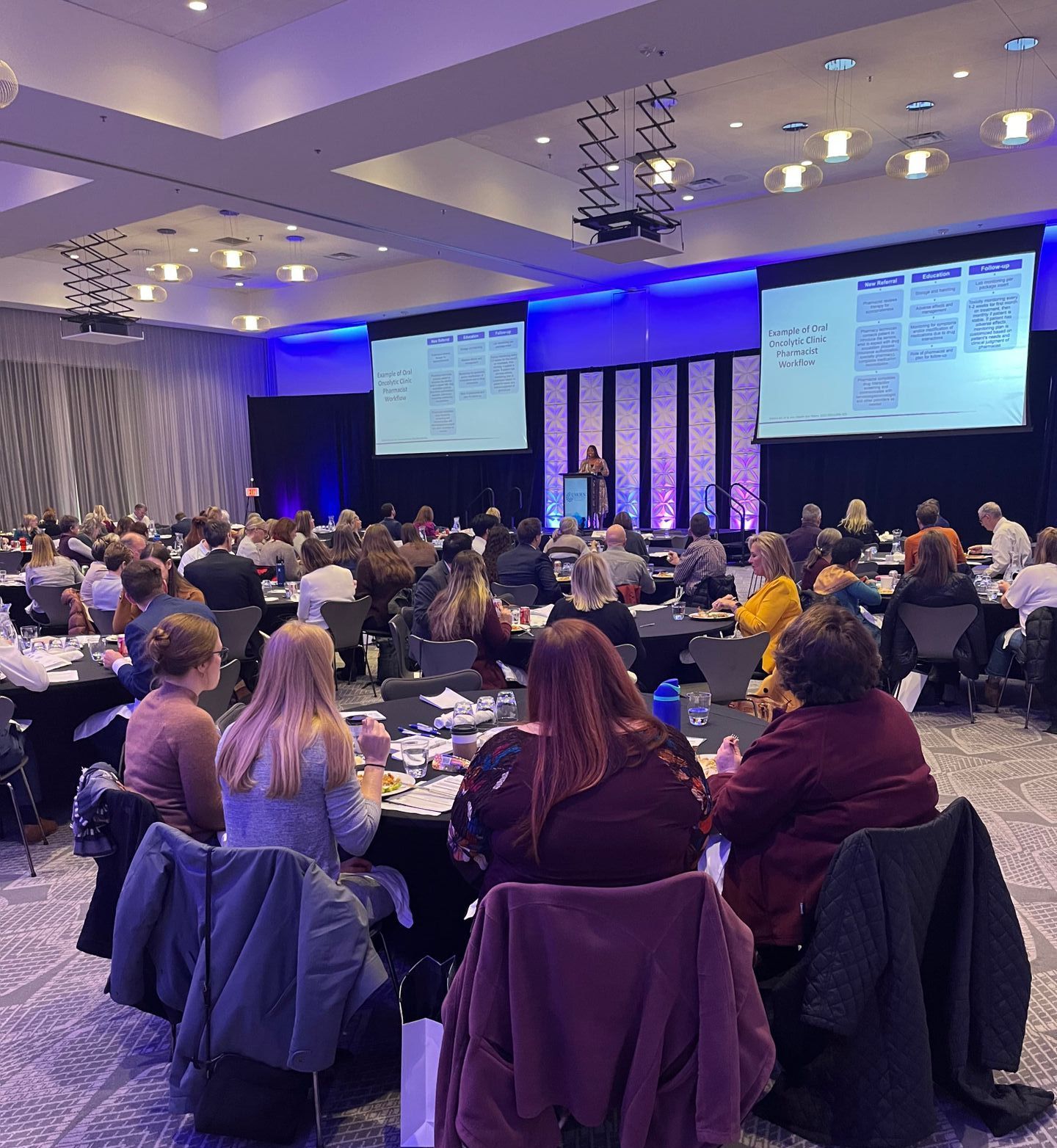
Slide title
Write your caption hereButtonSlide title
Write your caption hereButtonSlide title
Write your caption hereButton
Blogs
Community Resource Solutions Group
Transforming Health Equity Initiatives with Proven Strategies and Insights.
Business Hours
Mon-Fri 9 am-5 pm
Houston, TX
TeL: 346-436-7986
MENU
STAY CONNECTED
Contact Us
We will get back to you as soon as possible.
Please try again later.


